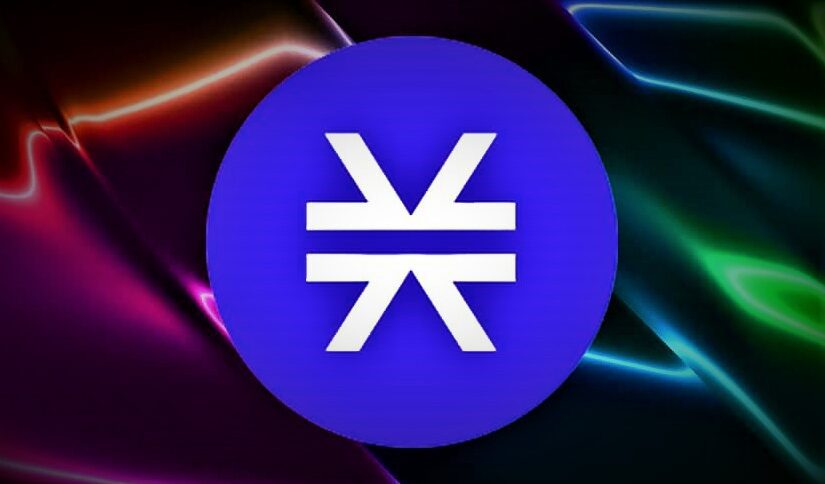
Introduction About Stacks
Stacks (24hr)
| Low:$0.3926 | High:$0.7896 |
Stacks blockchain is a layer 1 blockchain that enables DeFi, NFT, applications and smart contracts for Bitcoin. Layer 1 blockchain is a solution that accelerates the process. Stacks enables the creation of printers and smart contracts combined with the security, capital and stability of Bitcoin. The goal is to create a user-owned, decentralized internet, thus liberating Bitcoin. The local currency of Stacks is STX.
However, Stacks blockchain declares these limits through a mutual agreement between two blockchains. The consensus algorithm brings trust to the blockchain and enables trust between anonymous peers to reach consensus on the state of the distributed ledger.
Currently, Bitcoin works as a layer of settlement and a source of truth. It has been a long time coming to make smart contracts directly in Bitcoin, but Stacks blockchain has opened this service without changing Bitcoin.
According to Stacks magazine, applications and applications will eventually be built on Bitcoin. Therefore, based on this article, Stacks built the first agreement algorithm between two blockchains (Stacks and Bitcoin) called proof of transfer (PoX).
PoX connects Bitcoin and Stacks blockchains, extending the functionality of Bitcoin. Stacks brings smart contracts and transactions that can multiply in Bitcoin without exchanging Bitcoin. The PoX implementation is achieved using Bitcoin as the base chain and Stacks as the connected chain. Having smart contracts close to Bitcoin makes BTC valuable and useful.
Stacks 2.0 introduced a new smart contract language for Bitcoin called Clarity. Purity helps prevent bugs and smart contracts allow developers to write real-time logic around Bitcoin’s state.
Stacks (STX) cryptocurrency created as fuel to run the Clarity smart contract. STX holders can lock Stacks to participate in consensus and earn Bitcoin rewards; this process is known as stacking. To participate in Stacking, STX holders run a full node and lock their STX. The amount of payment depends on various parameters; for example, if 50% of the pool participates, and other measures are taken into account, the winning rate can be around 9%.
Additionally, Stacks’ long-term profitability depends on the demand for Clarity smart contracts and the growth of the Stacks network. To implement the Clarity smart contract in the network, users must pay STX as fuel (gas fee). The transaction fees that users spend on the blockchain network to get their transactions added to the block are gas fees.
Working principle of Stacks?

The operation of Stacks is based on the interaction of two parties: miners and miners (not stakers!). Their interactions are regulated by a special verification system called Proof of Transfer, or PoX, for short.
It may come as a bit of a surprise, but in the Stacks blockchain, miners do nothing. Instead, they trade BTC that has already been issued on the Bitcoin blockchain and pledge it for a chance to earn STX coins.
How the Mining Stacks work by its own rules, so see the Mining Stacks section at the end of this article. What you need to know here is that every block added to the Stacks blockchain stores the user’s identity and transaction metadata, and uses them to interact with all the applications in the Stacks ecosystem.
Because it is connected to Bitcoin, any change in Stacks ID or deposit amount can be verified using the Bitcoin blockchain. This also applies to Stacks smart contracts, which are written in a special encryption language developed and tested by Algorand for Stacks.
All remaining data that is not stored in the Stacks blockchain is stored using a storage system called Gaia.
This new storage solution offers cloud storage providers such as Azure and Dropbox, but it also allows users to skip cloud storage in favor of their own cold storage solutions, as long as they can compute the requirements. Stacks Coin, STX, is the cryptocurrency token of the Stacks community and is all backed by the use of digital assets stored in blockchain stacks – including user IDs and smart contracts.
What problem is Stacks (STX) trying to solve?
One of the main issues Stacks is reducing is the affected size of the Bitcoin ecosystem. Stacks addresses these needs by using transfer confirmation systems, microblocks, and a new programming language called Clarity. Bitcoin, as the first successful cryptocurrency in the world, remains volatile in the market. However, the coin has entered the market long before smart contracts and DeFi services.
Scalability
Another major issue Stacks reduces is the issue of scalability. The Bitcoin network can be slow and unresponsive during peak periods. Business prices can become ridiculous at such times. During the 2017 breakout year for Bitcoin, the network suffered from bankruptcy. Stacks developers want to avoid this problem in the future. As such, they allow the network to run independently of Bitcoin.
Restrictions for developers
Developer stacks benefit from the convenience of a scalable and robust design process. The platform allows developers to build individual applications and add Bitcoin-based logic. These plans create a new type of Dapp that is more secure and benefits from the reputation and history of Bitcoin.
Censorship
Censorship remains a major concern for investors around the world. Stacks stays true to Bitcoin’s legacy by offering the world a truly open economy. Anyone with an internet connection can use the protocol. Obviously, once the data is written to Stacks, it is also included in the Bitcoin blockchain ensuring its immutability. This feature makes Stacks ideal for future Web 3.0 infrastructure.
There is no security
The market is full of new DeFi platforms. These networks promise huge rewards but lack Bitcoin’s track record of decentralization and security. Stack developers can now provide users with this requirement. Obviously, all transactions are compiled Stacks and down on the Bitcoin blockchain. Therefore, all Stacks transactions can be verified on the Bitcoin blockchain.

